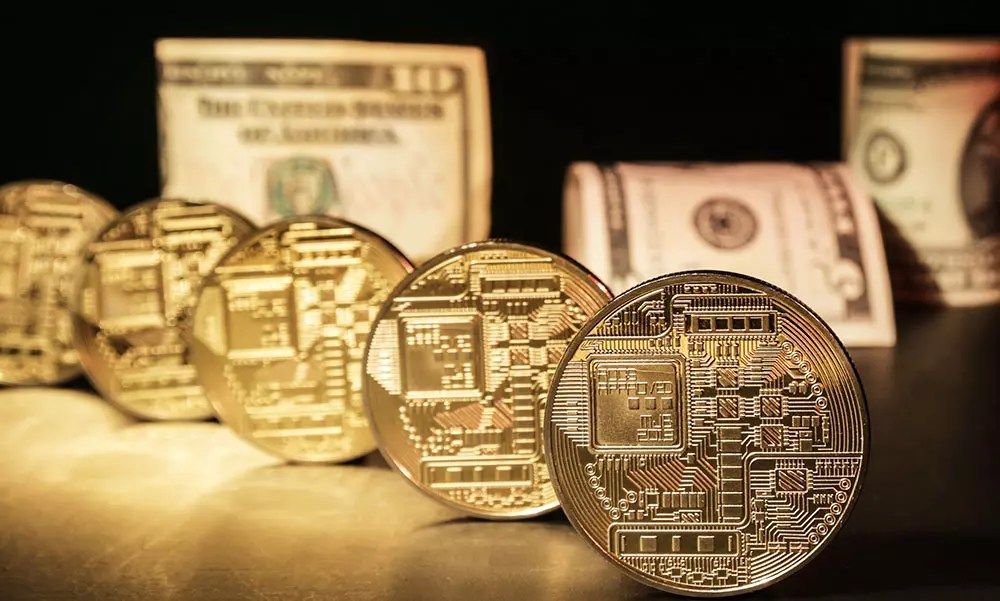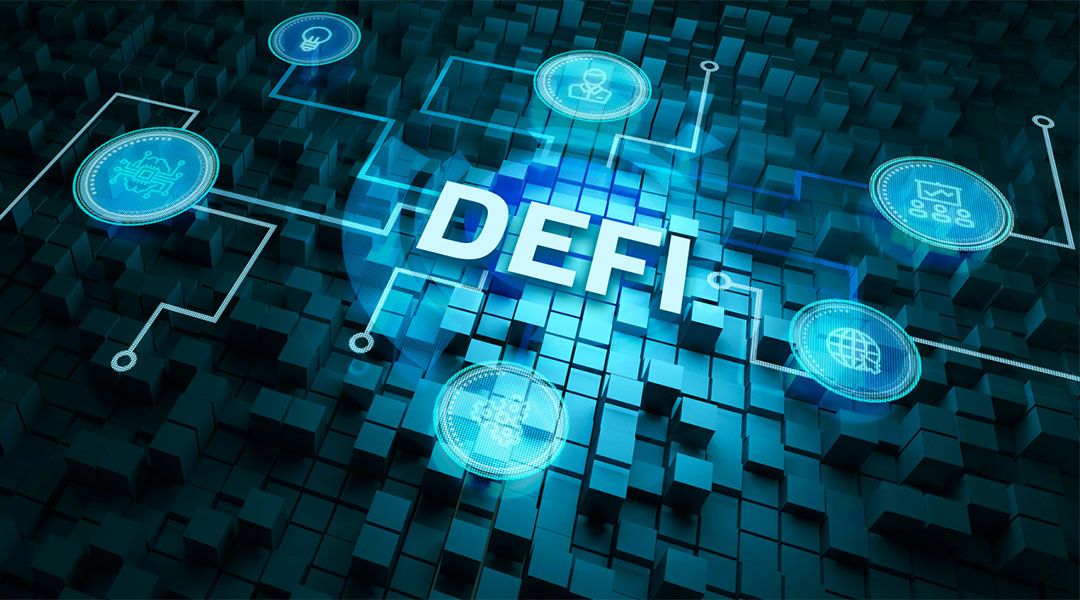Tokenomics: How Tokens Fuel the Decentralised Economy

The decentralised economy is booming, despite heavy losses on the crypto market in the past months. In the first quarter of 2018, venture fundraising in blockchain startups has been more than 40% of the total VC funding in 2017, promising a good year for crypto startups concerning VC investments. On the other hand, nearly 50% of the companies that did an ICO in 2017, have already failed, despite having raised over $104 million.
Despite the differences in industry, location, product and service on offer, they all have one thing in common: they use some sort of token as the key enabler to the platform. Startups have multiple options when selecting the type of crypto token and the token economics they opt for influences the likelihood of success for the crypto startup. Therefore, let’s dive into token economics to understand how this new component of the economy works.
Four Types of Tokens
Tokens are the fuel of the decentralised economy and a token has been described as:
“A unit of value that an organisation creates to self-govern its business model, and empower its users to interact with its products while facilitating the distribution and sharing of rewards and benefits to all of its stakeholders.” – William Mougayar
Although there are over 1500 different tokens, there are four types of tokens: currency tokens, security tokens, utility tokens and asset tokens. Let’s discuss them:
Currency Tokens
Currency tokens are the most well-known tokens, simply because the first crypto token ever, Bitcoin, is a currency token. A currency token is a medium of value exchange, and the value of the token is determined by supply and demand. Currency tokens are only backed by the demand in the market. Therefore, a new currency token faces the chicken and egg problem; for a currency token to be used by a lot of people, the currency token needs to have value and high liquidity, but to have high liquidity and value, there needs to be a lot of users. Therefore, it took Bitcoin and Ethereum a lot of time to increase in value and the more currency tokens there will be, the more difficult it will be to overcome this problem. As a result, in the future, there will only be a few dominant currency tokens.
The chicken and egg problem will not apply to government-backed currency tokens, such as a hypothetical crypto euro or crypto dollar, since the government can simply enforce the usage of the currency token, thereby automatically creating demand.
Security Tokens
A security token is a token that allows the owner of that token a (future) stake in the company, whether it be in the form of dividends, revenue share or a price appreciation. It constitutes an investment contract and, hence, attracts the attention of the Security and Exchange Commission (SEC). According to the SEC, some tokens can be considered securities and are therefore subject to regulation.
Security tokens offer the buyer certain rights and obligations, and to determine whether a token is a security token, the SEC uses the Howey Test (developed in 1946). The Howey Test boils down to four questions, which when answered as ‘yes’ means that the token is a security token:
- Is the token being sold as an investment with an expectation of profits? In other words, are tokens purchased because an increase in value is expected or because the purchaser receives some sort of product or service in return?
- Is there a person upon whom investors rely? In other words, any profit comes from the efforts of a promoter or third party and is outside the investor’s control.
- Is it an investment of money or other assets?
- Is it an investment in a common enterprise?
Most crypto startups aim to avoid being a security token as it means additional scrutiny by the SEC. However, most crypto startups sell their tokens before they have a product and, therefore, the value of the transaction depends on another’s, future, work. As such, these tokens can be considered an investment contract during the ICO, which further down the track can be changed to a utility token.
Utility Token
The third type of token is the utility token, which is a token that has a use case and has not been developed as an investment. Most of today’s blockchain startups aim to develop their token as a use case. Although these tokens are not designed as an investment, they can still increase in value if the demand for the linked product or service increase. As such, participating in an ICO and purchasing a utility token can result in significant profits if the use case solves a real problem and the startup successfully develops the platform.
A utility token, therefore, offers future access to a product or service and can best be compared to a gift card or loyalty points. An example of a utility token is Ether (ETH), which is used on the Ethereum blockchain and allows you to code and run smart contracts. A utility token allows you to do things.
Asset Token
The final type of token is the asset token, which is a token that is backed by some sort of asset. This asset can be a physical or digital product, and it represents the ownership of that product by the token holder. It can be a car, a house, a painting or a piece of content. The token can be owned by one or multiple people and can even be licensed to others to facilitate renting a product for a certain period. Asset tokens are becoming more popular as they allow easy transfer of assets without the need for intermediaries.
Token Economics
Despite there being four different types of tokens, they all adhere to token economics or tokenomics. Token economics is an emerging field that studies tokenised ecosystems. With the rapid adoption of tokens, it is a field that becomes increasingly important. As such, in the years to come, many universities will start to offer specialised degrees to help future leaders understand the economics of tokens.
Tokenomics is all about how your token will work when the token has been launched through a Token Generation Event (TGE). The Token Generation Event is the event where users can purchase a token, and it is commonly known as an Initial Coin Offering (ICO). Every organisation that wants to launch a new token has to determine the economic models of their token, and the tokenomics of a new token should adhere to several laws. These laws were written down by Fred Krueger and I can definitely recommend reading his article. In summary, these laws consist of:
- Your token should have a high ‘Token Hold Time’ to ensure long-term demand for the token. Having a token that is only briefly used, for example, to purchase a ticket, does not make sense; there is no need for that token.
- Your Hold Time should be higher than the Transaction Time. The transaction time to purchase your token should be lower than the amount of time people hold on to your token. If it is the other way around, there is no incentive to purchase the token as it takes too long to join the game.
- The rate of the transaction volume should be low; meaning that the Transaction Volume should be, significantly, lower than the Token Market Cap to ensure upward pressure on the token price.
- People need to have a reason to purchase tokens and not only be given to them, although this is not always the case.
- The higher the percentage of tokens being held in the ecosystem the better as any new growth will translate in a surge in prices.
- Growth matters. A lot. Ceteris Paribus, growth in transactions result in growth in prices. The more tokens that are held inside transactions or by participants, prices will go up.
- You need an ecosystem of sellers and buyers; all parties need to be buyers and sellers at the same time to ensure a long Hold Time and a use for your tokens.
As Fred Krueger mentions, modelling your token and developing your token economics is hard. There are a lot of different stakes at play and many considerations to take into account. William Mougayar goes as far to offer 20 questions that any crypto startup should ask itself when developing their token. Questions include:
- Is the token tied to product usage, i.e. does it give the user exclusive access to it, or provide interaction rights to the product?
- Does the token result in a monetizable reward based on an action by the user (active work)?
- Is the token required to run a smart contract or to fund an oracle?
Conclusion
Tokens are the fuel for the decentralised economy. Without crypto tokens, blockchain startups cannot run their platforms and offer their services and products. In addition, it is important to note that tokens cannot transform from one type of token to another, though you can have two different instruments with different characteristics. However, above all, it is important that the token needs to have a raison d’être as otherwise it can be perceived as a scam or a fraud. Only when there is a real use case for the token and it adheres to the laws of token economics, will it have viable chance to become a success.
Image: zoommachine/Shutterstock





